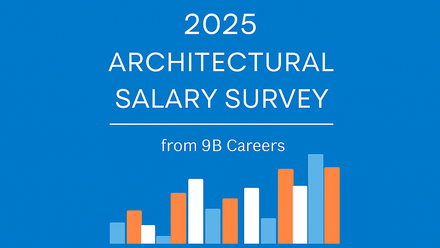The four stages of pension planning
25 years old
Pensions seem worlds away when you are young. These days though, every employer has to offer you a pension scheme. A percentage of your pay is put into the pension scheme and your pot builds up over time. Make sure of one thing: don't miss out on this money!
When you are 25 , you do not need a detailed plan. You just need to know the answer to one question: given what I have and am paying in, what age will I likely be able to retire with a feasible retirement income? Don't worry too much about anything else, as so much will change.
40 years old
Retirement no longer seems like light years away. In twenty years or so, you will need a viable retirement income. So, it is time to think a bit more about a plan.
You have probably built up some pension pots over the first fifteen to twenty years of working. These pots, in addition to your future contributions and your State Pension, will likely make up the bulk of the income you will need once you retire.
Do some homework and track down your old pension statements. These days most providers have online access.
No idea who these pension providers or schemes were? The first place to start looking is the government's pension tracing service. This will help you understand who the provider was at the time you worked at a previous employer. Then, understand what your State Pension may be by checking your National Insurance contributions.
No idea what you will need in retirement? Luckily for us, the Pensions and Lifetime Savings Association (PLSA) produces a set of after-tax incomes needed to have a minimum, moderate or comfortable lifestyle. They also show what each type of lifestyle means in practical living terms. It is a great free resource, so use it.
You know what you have already, you know what you want and ideally when you want it from. So, the key question in your plan is: how much do I need to pay from now on to get it? That should be the focus of your plan at this age.
60 years old
Retirement is now just around the corner. You may well be thinking about it daily. Now is when you need a detailed plan for your retirement income.
Retirement is likely to last twenty-five to thirty years. So now is the time to refine your plan to make sure you can get what you need, based on what you know now.
Remember, retirement is not just about pensions. By now you may well have other non-pension assets and incomes to use in any plan. Using all of these in the right way alongside your pensions is key. If you want more security, get annuity quotes to find out how much some more guaranteed income on top of any State Pension will cost. These two together may cover any essential spending and give you peace of mind.
Make sure you don't do anything at retirement to end up paying more tax or losing income. You will only have so much to last through retirement, so make sure it is what works best for you.
A note about cash lump sums and tax
You can take 25 percent of your pension pot as tax-free cash. Do you need this tax-free cash at retirement? Will it be used to pay off a mortgage, other debts or enjoy a big spend? If you don’t take it at retirement, you can keep it in your pension pots and get 25 percent of every payment from your pots tax-free.
Any cash taken above this 25 percent is taxed, possibly at a high rate. Think carefully: do you really need this now?
If you have several pension pots, will you really want to take income from these different places and deal with different provider’s call centres? It is more likely you will want to put your pots together to be able to take money from one place. If so, there is lots to think about, but the main three issues are:
- Don't lose any guarantees by moving pots.
- Don't pay any exit penalties when you move.
- Ensure your chosen provider has clear charges you can understand in two minutes, with no hidden one-off costs.
For most people, a simple low-cost fund designed by experts is best for the investment behind their pension. You can usually select one designed for long term drawdown ‘off the shelf’ with the provider you choose.
75 years old
You have been enjoying retirement for a while, using your plan. Your future income each year in your plan will be made up of fixed parts, like the State Pension, plus any flexible income you take from any remaining pensions and savings pots.
Keep monitoring your plan each year. If your plan still looks good, you can continue to take your income as expected.
If things are going well, one option is to consider guaranteeing your future income. When you get beyond 80, do you really want to be tracking your plan anymore? You may, if possible, just want to buy a fully guaranteed income for life with your remaining pots. Get some updated quotes. Can this provide you with enough for what you need now?
If your plan now has expected shortfalls, you may look to change your plan to a flat income as a simple way to remove future shortfalls. The same income level will continue, but will buy less and less in future due to inflation. This may still be a good match for your later years as many people’s spending declines beyond 75.
Until you have fully secured everything by using your remaining pots to buy a lifetime guaranteed income, you will need to keep tracking your plan year-to-year. Make sure you do, as your pots will move up and down. This will help you ensure you will either get what you need in the future or be able to adjust things quickly if not.






